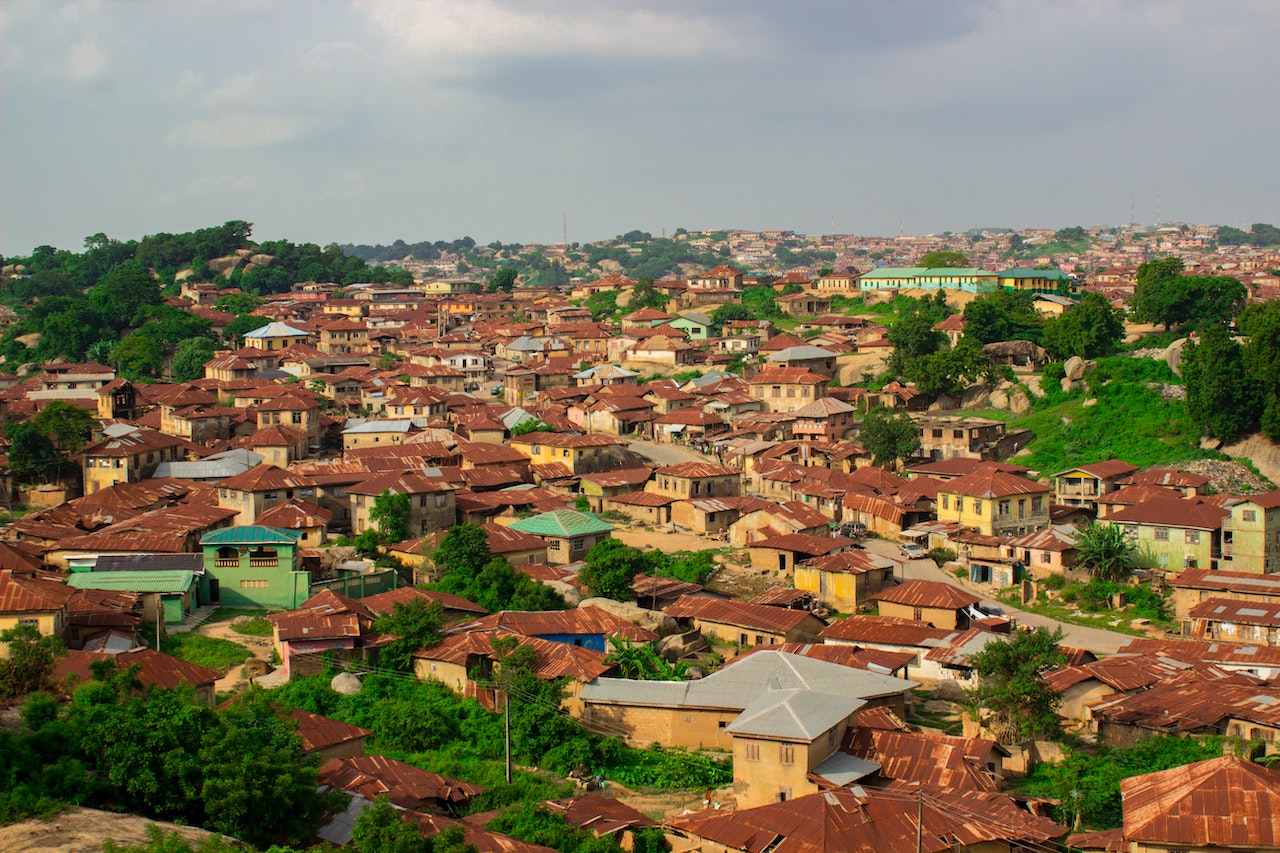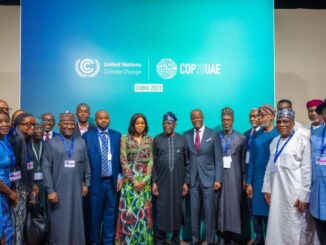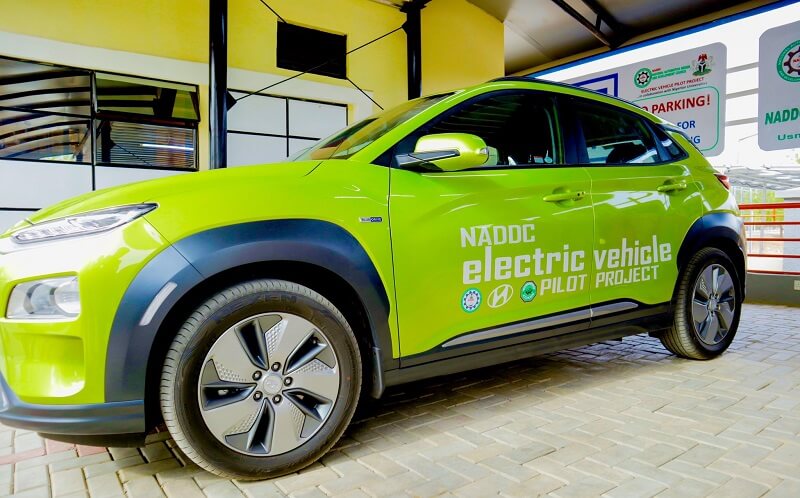
With its population size and youthfulness, it is clear that if Nigeria harnessed its full energy potential, it could become one of the world’s most powerful countries. However, Nigeria’s power supply is one of the worst globally. With the abundant natural resources, Nigeria’s potential is bright but how much of that brightness will be powered by renewable energy?
Nigeria has 99 problems and electricity rationing is at the top of the list. In 2020, Nigeria’s electricity access was at 55%. This means that a staggering 82 million Nigerians are not connected to the national grid. Energy sufficiency is a vital factor for economic and socioeconomic growth in any country. With just about half of Nigeria with access to electricity, it is easy to connect the source of Nigeria’s high poverty rate. However, Nigeria’s problem isn’t only a problem for Nigeria, energy availability is important for the sustainable development of Africa and in extension, the world. Electricity cannot be replaced in industries like banking, agriculture, transportation and other formal and informal industries. Nigeria’s power supply holds the key to it’s rapid industrialization.
With frequent disruptions and unreliability, many investors will not see Nigeria as being a competitive destination for large scale investments, despite it’s abundant natural and human resources.
If the political leaders in Nigeria know the effects of the crippling power sector on the economy, why haven’t they done much to rectify the problems? However, the bigger questions is – with the global trend of switching to clean energy, will Nigeria rely on solar energy to electrify the country?
Nigeria’s Electrification Journey
Electricity came to Nigeria over 100 years ago and since then, the country’s electricity sector has undergone various reforms. However, these reforms have not translated to availability and development for the Nigerian people.
The first generating plant was installed in 1886 by the colonial masters and it supplied a few kilowatts in Lagos. In 1951, the Nigerian parliament created the Electricity Corporation of Nigeria (ECN). Then, in 1962, the Niger Dams authority was established to develop hydroelectricity. Again, in 1972, the National Electric Power Authority was set up as a merger between the Niger Dams Authority and ECN. NEPA managed the power sector and operated as a monopoly.
The company provided electricity to Nigeria’s growing population. Soon it became clear that NEPA could not meet up with Nigeria’s electricity demand and so in 2005, the Electric Power Sector Reform (EPSR) Act was signed. The EPSR led to the formation of the Power Holding Company of Nigeria (PHCN). Again, PHCN has since been divided into sub-sectors comprising 18 companies.
Of these companies, there are six generating companies (GENCOs), 11 distribution companies (DISCOs) and one Transmission company of Nigeria (TCN). These companies together generating, transmit, trade, distribute, supple and resell electricity in Nigeria.
Nigeria currently has an installed generating capacity of 16,409 MW;
- Hydro: 2,062 MW
- Gas: 11,972 MW
- Wind: 10 MW
- Solar: 33 MW
- Other/Diesel/HFO: 2,333 MW.
However, the country is mostly able to distribute an average 4,000 MW daily, which is grossly insufficient for its population of over 200 million people. With world shifting away from unclean sources of energy, Nigeria knows it needs to join the trend and do it speedily, but how will that happen?
Nigeria’s Renewable Energy Plans
At the moment, Nigeria has an officially recorded 33 MW of solar energy of grid electricity. However, it is likely that more people in the country rely on solar panels and inverters for their power. Recently, a bank in Lagos announced that its branch had gone off-grid, generating its own power. In December, the Nigerian president, President Muhammadu Buhari said the country plans to achieve 30GW of electricity by 2030, with renewable energy contributing 30% of its energy mix. This was announced in the presence of President Joe Biden and other world leaders. This plan is part of the country’s National Renewable Energy ad Energy Efficiency Policy.
Also, the National Agency for Science and Engineering Infrastructure (NASENI) announced it planned to double its solar intervention projects in the country from 21 MW to 50 MW in 2023, through its NASENI Solar Energy Limited (NSEL). With the Energy transition plan set up by the federal government of Nigeria, it is encouraging that the country does have concrete and actionable renewable energy prospects.
How can Nigeria achieve 100% Renewable energy access?
Solar energy is now the cheapest from of electricity to generate in the world, this makes it an attractive investment for countries. The most effective way to scale renewable energy generation is through public Private Partnerships. Governments of developing countries alone cannot make the shift, especially with the global economic crisis. It is pertinent that Nigeria increase its partnership with capable private companies.
One of such deals is the $10 billion agreement between Nigeria and United States largest renewable energy company operating in Africa, Sun Africa LLC. This deal is to provide clean and uninterrupted power to more than 30 million people in the country. This agreement was signed in December, 2022 and aims to provide additional 5,000 MW of solar generation and 2,500 MWh of battery energy storage power plants for $10 billion investment from the United States Government.
Another way to rapidly scale up renewable energy supply in Nigeria is to encourage the country’s upper and middle class to go clean. If millions of Nigerian homes and businesses, go off grid, they can sell back any unused daily power to the National or sub-national grid, helping increase electricity coverage for Africa’s largest economy.
What Would A Fully Energised Nigeria Mean For Africa?
While some have speculated that a fully electrified and subsequently industrialised Nigeria will threaten the continent, especially regarding the implementation of The African Continental Free Trade Area (AfCFTA), I believe that Nigeria will do more good for the Africa if all its citizens and businesses had access to uninterrupted power supply.
The first is that Africa needs a powerhouse. Nigeria’s rise and rapid industrialisation will give it a global powerhouse status. Yes, this would benefit Nigeria more but when Nigeria arises, the rest of Africa will be compelled or inspired to rise. Rapid industrialisation in Nigeria will no doubt spill over to the rest of the West African nations, reducing poverty, crime, terrorism and illiteracy rate.
When Nigeria is fully energised and industrialised, other African nations will attract investments from both the Nigerian state and it’s multinationals, this will lead to a drastic fall in the unemployment rate in the continent.
In a study conducted by GEM, 82% of Nigerian adults believe they have the ability to become entrepreneurs. The study also showed that 40% of Nigerians are involved in at least one entrepreneurial activity. Nigeria leads the rest of the world in this survey and this is despite the deplorable energy sector. With an electrified Nigeria, citizens will be able to start and flourish in their businesses, and expand to other counties. This will create tremendous opportunities for African trade rapidly develop the continent.
Final word
There is no doubt that electricity is the most desirable form of energy and with Nigeria’s increasing population, there will only be a rise in demand. With more demand and inadequate supply, the deficit will only get bigger and the effects on the economy and quality of life of Nigerians will be continue to be detrimental. Renewable energy provides a clean, cheaper alternative with the potential to create more jobs than using fossil fuel.



1 Trackback / Pingback